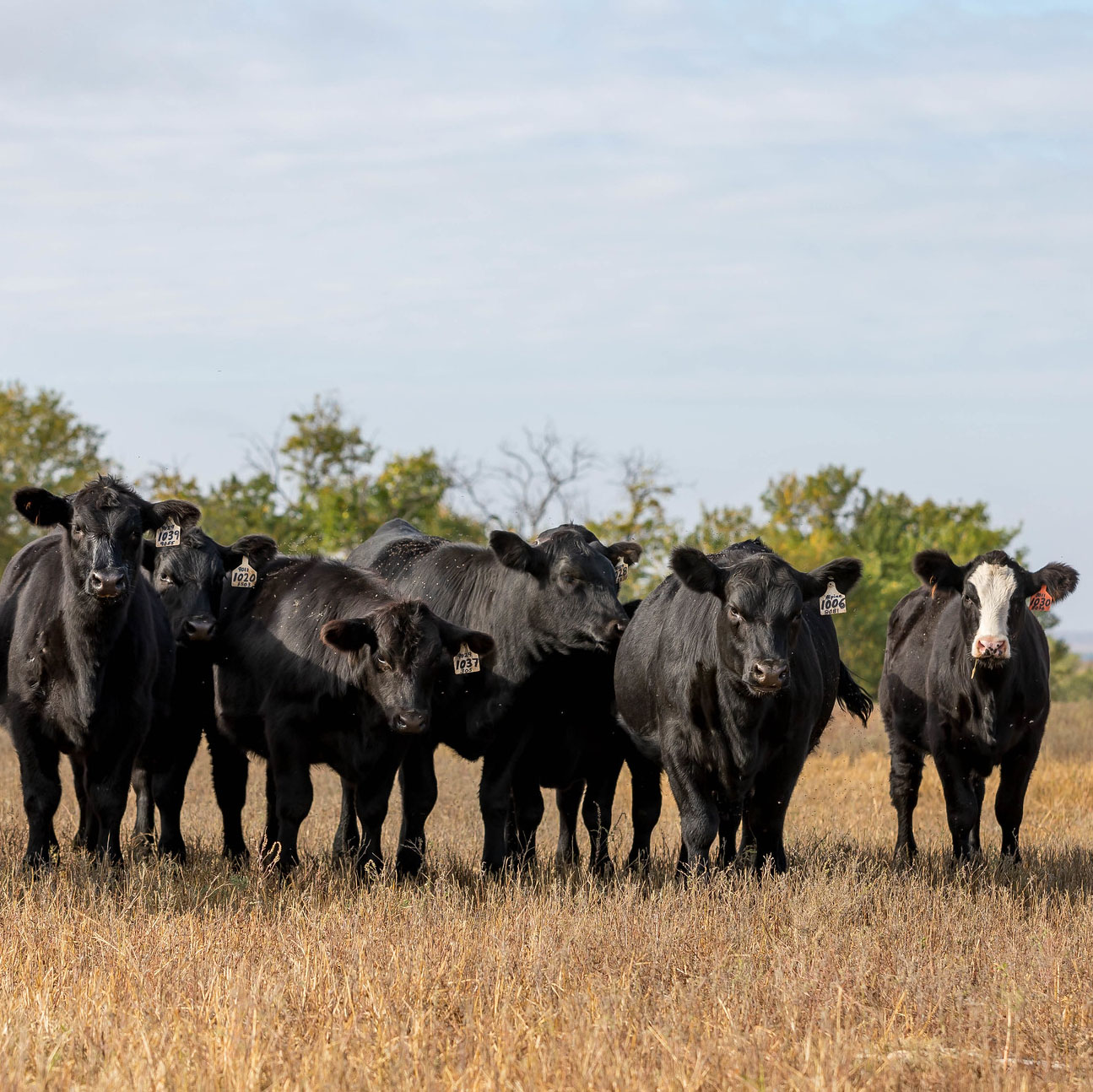Every cow-calf producer adopts a system of heifer selection and development for his herd. There is no one perfect answer for increasing productivity and profitability, but there are some basic strategies that can improve the efficiency of cow-calf operations.
Rick Funston, reproductive physiologist at the University of Nebraska-Lincoln spoke about this topic on a recent Oklahoma State University Rancher’s Lunchtime Webinar. Funston made it clear that reproduction is the most important factor in making beef production more profitable.
“We have to have a live animal born before we consider other things like efficiency,” he said. “By simply increasing the number of progenies per dam through either selection, heterosis from cross-breeding or better management, we will increase efficiency of production.”
Funston said cow depreciation is the second largest expense to a cow-calf enterprise after feed costs. He said depreciation is equal to purchase price or replacement cost minus salvage value divided by productive years in the herd.
“An average cow’s age is 5.5 years,” he explained. “At a 16% replacement rate, a cow will on average wean 4.5 to 5 calves before she leaves the herd. What if we changed that replacement rate by 5%. We’d increase the number of older cows, weaning weights, and pounds of calf to sell. And to a point, older cows are easier to breed back.”
When it comes to whether it is more cost effective to buy or raise replacement heifers, Funston said economic studies have shown that the costs are about the same. He said the major considerations to think about are the price to buy bred cows and heifers or pairs versus feed costs to develop heifer calves.
“I think a component of that, that has been ignored because economists don’t know what value to put on it, is the opportunity to go to a terminal sire system,” he said. “About 85% of the genetic decisions in a beef operation are made for a 15% replacement rate. I think we have way too many producers that keep too many females and it really affects the productivity of the entire cow herd.”
Who should stay in the herd?
Due to the recent drought in the High Plains and subsequent herd liquidation that occurred, many cattlemen and women are in the process of rebuilding or planning to rebuild in 2024. When the cattle numbers are restored, producers will be faced with some tough decisions of who should stay and who should go.
Most cattle raisers have a general idea of which cows or heifers to cull from a herd. Funston listed some general culling selection criteria and said producers should cull “bad mark cows.” He defined this term as cows that need help calving; cows that calve late—42 days overdue or more; those that fail to wean a calf; cows that have large teats; animals with pigmented eyes or udders; cows that wean a lightweight calf; and those that have attitude problems.
Open cows should also be culled. Finally, when making heifer selections, Funston advised producers to cull daughters of bad mark cows, the youngest heifers and heifers with light and heavy birth weights. Although heifer selection is important to improving the quality of herd progeny, Funston said sire selection is actually the more critical element.
“Sire selection determines more than 85% of the total improvement made in a herd,” he said. “The sire side is really where you make the changes. That one replacement female is fairly insignificant as far as the amount of genetic contribution that they are making.”
However, heifer development is not all about genetics, some of it is management practices. Funston said he has conducted research on the effect of keeping calves with mature cows until about a month before the cows calve. Based on his work, the calves that are left with the mother perform better later in life and might even decrease their need for supplementation.
Through his work on extensive heifer development systems, the research has shown with the strategies Funston has applied, he has been able to lower development costs by at least $100 per animal, sell open heifers for a profit and determine adaptability early. Funston’s tactics will not be suitable for every operation as it is not a one-size-fits-all solution, but considering new ways to improve the productivity of a cow-calf operation is always beneficial to cow-calf producers.
Lacey Vilhauer can be reached at [email protected] or [email protected].




